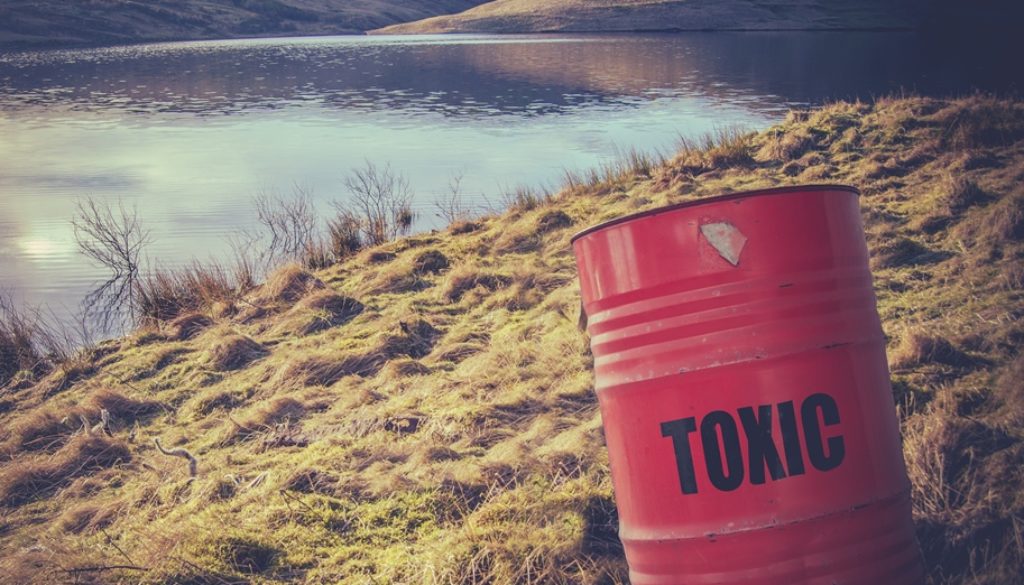To Pruitt EPA: See You and Your Illegal TSCA Rules in Court
By
NRDC, the Alliance of Nurses for Healthy Environments, and Cape Fear River Watch are suing EPA to make sure it assesses chemicals as required by the revised Toxic Substances Control Act (TSCA). The stakes in this case are high. If EPA doesn’t conduct a complete evaluation, it can’t protect us from dangerous chemicals we may encounter.
EPA recently finalized two rules on how to assess chemicals that cater to the chemical industry at the expense of safeguarding public health. The rules establish a framework for EPA to evaluate whether a chemical poses an unreasonable risk to human health or the environment and how to prioritize which chemicals to evaluate. These “framework rules” govern how EPA protects us from toxic chemicals used in commercial and consumer products and industrial processes throughout the United States.
We oppose the rules because they give EPA nearly unlimited discretion to decide which uses of a chemical it considers to determine whether the chemical poses an unreasonable health risk. TSCA requires EPA to consider a chemical’s “conditions of use,” including all “intended, known, and reasonably foreseeable uses.” But these rules allow EPA to pick and choose which uses to consider. So EPA can exclude sources of exposure to a chemical that affect the overall risk the chemical poses.
Such an incomplete analysis is likely to be wrong and could lead EPA to conclude that a chemical does not pose an unreasonable risk when it actually does. Because of the new law’s “preemption” provisions, EPA will not only fail to limit potentially dangerous exposures to the chemical, but it will largely prevent state and local governments from restricting exposures to the chemical as well. EPA could end up allowing dangerous uses of chemicals that put people at risk for learning disabilities, reproductive disorders, and cancer, among other ills.
Take lead as an example. Lead is indisputably harmful to the brain. Children exposed to lead early in life can suffer from learning and behavioral disabilities and developmental delays. Lead exposure can also increase a person’s risk of high blood pressure and kidney disease. Although lead was not one of the first 10 chemicals EPA selected to evaluate under TSCA, it is a good candidate to be in the next batch of 20 “high priority” chemicals that EPA must begin evaluating by the end of 2019.
When EPA evaluates lead’s health risks under the new rules, it could ignore some uses and sources of exposure, such as lead paint in older homes and apartments, lead in drinking water pipes, or lead in contaminated soil where children play. As a result, it could underestimate the health risks and allow lead to be used in a product or material that is unsafe.
Those exclusions could be particularly dangerous to people most exposed to a chemical or most affected by exposure to it. The law requires EPA to protect these vulnerable populations. But if EPA doesn’t consider all of a chemical’s uses, susceptible populations such as pregnant women, children, workers, elders, and people with chronic diseases will not get the protection Congress mandated. How can EPA identify and protect the most exposed populations when it excludes significant sources of exposure? The draft rules that the Obama administration proposed required EPA to consider all of a chemical’s uses. The Trump EPA has done a 180-degree turn on this fundamental question, giving chemical manufacturers such as Dow Chemical and ExxonMobil exactly what they want. Even worse, the new head of EPA’s toxics office, Nancy Beck, joined EPA straight out of her previous job as a top executive with the chemical manufacturers’ trade association.
NRDC and other public health and environmental groups, as well as the American people, won’t tolerate the chemical industry calling the shots at the expense of our health and safety. Our lawsuit is one way we’re making sure that EPA Administrator Scott Pruitt and his chemical-industry cronies don’t destroy our best chance to make TSCA work since it was enacted 40 years ago. Given the current leadership at EPA, we have our work cut out for us.
Luckily, we are not alone. Health and environmental groups in other parts of the country, including Safer Chemicals Healthy Families, Earthjustice, the Learning Disabilities Association of America, Asbestos Disease Awareness Organization, and the Alaska Community Action on Toxics, are also challenging these rules. At stake is nothing less than how (and whether) EPA will protect the public from toxic chemicals in the years, and possibly decades, to come.

